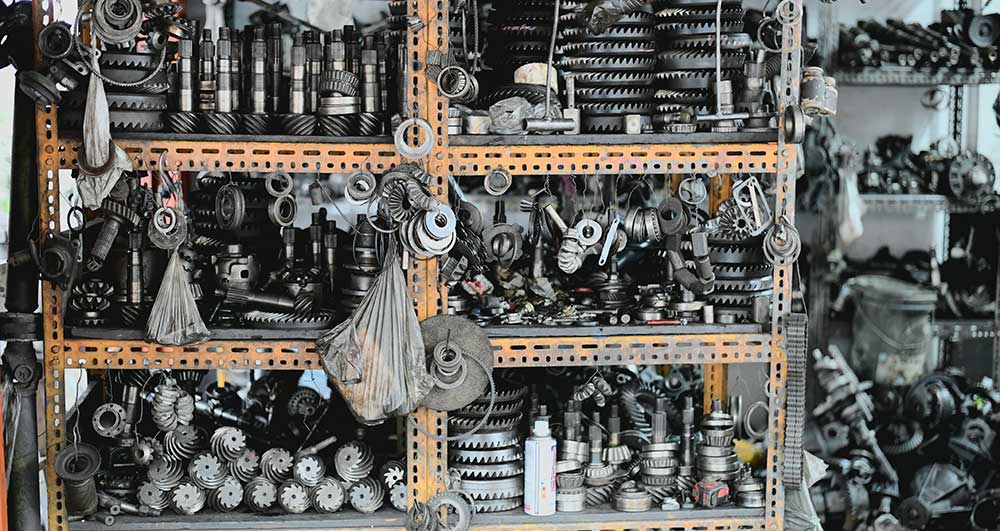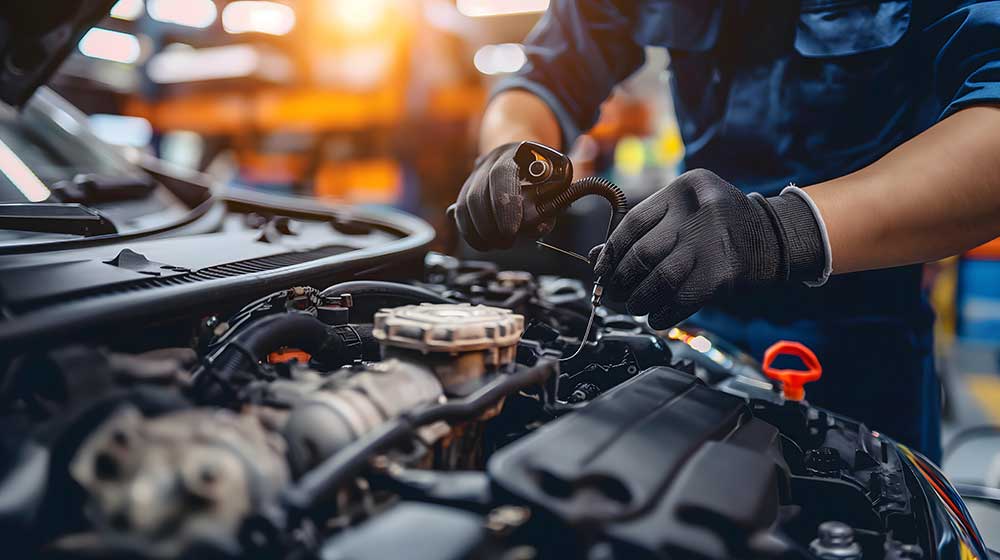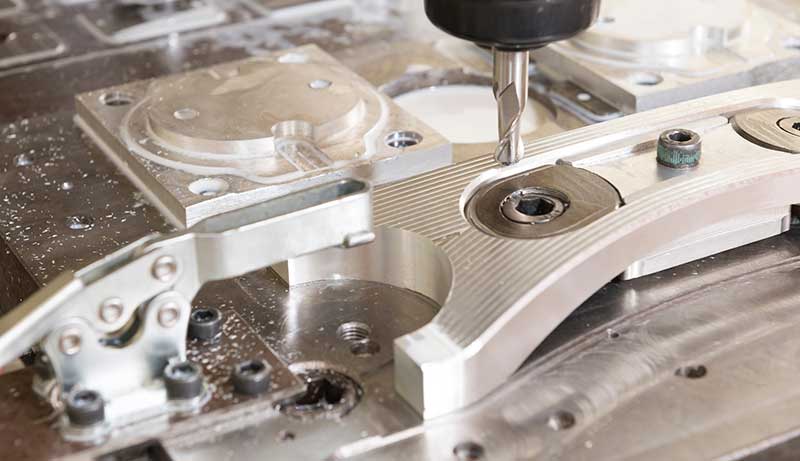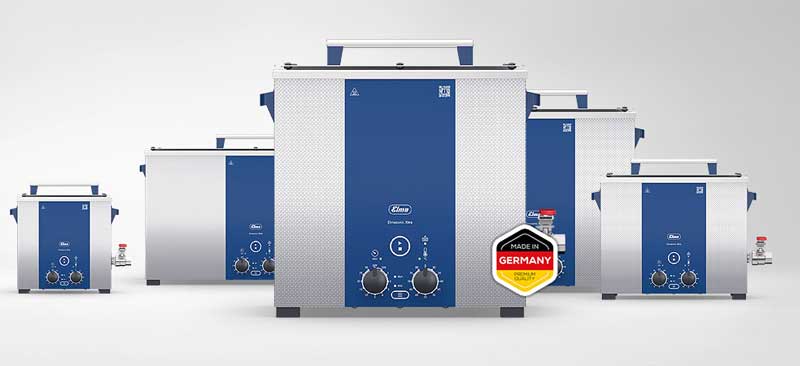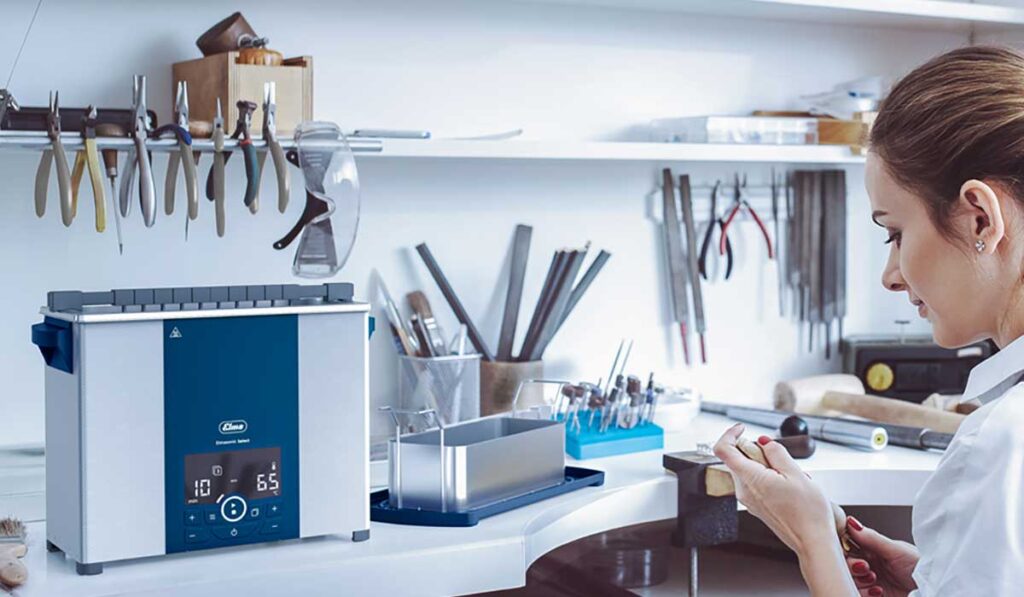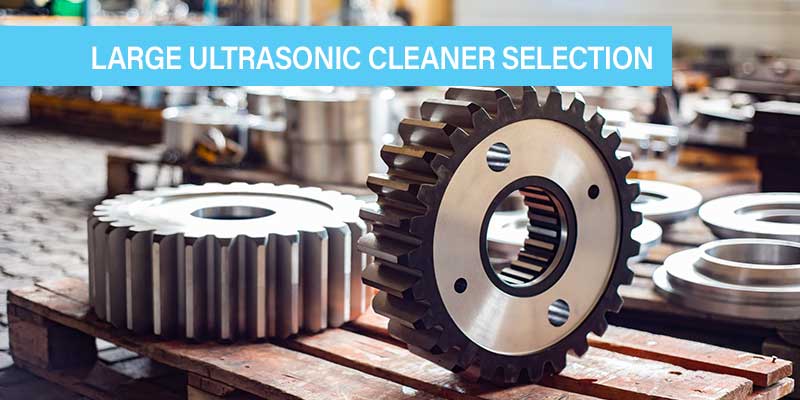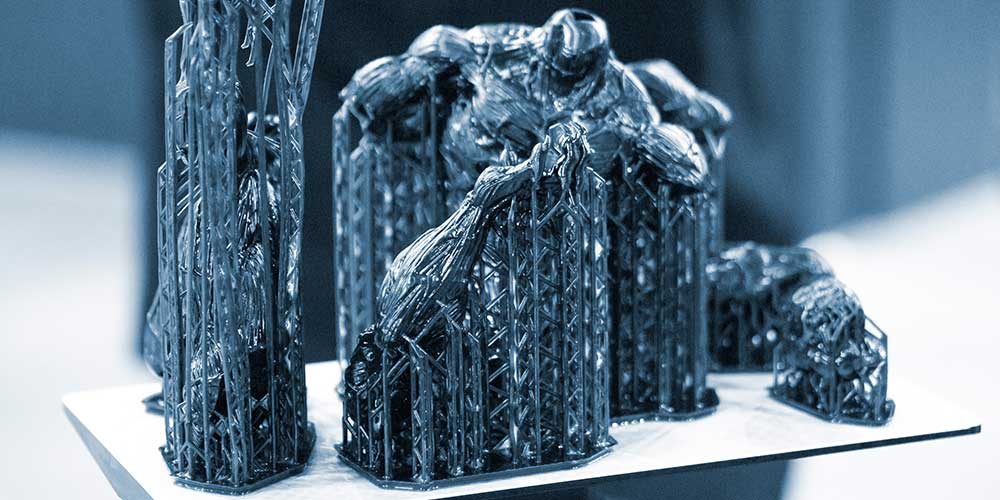Ultrasonic Cleaners
Safe Cleaning Fine Mesh Lab Sieves
Lab sieves, according to Thomas Scientific, are essential tools for particle size analysis in various industries, including pharmaceuticals, chemicals, and construction. These sieves are designed to separate and classify particles by size, ensuring consistency and quality in your products and samples. Lab test sieves that include an NIST traceable calibration certificate , designed to meet…
How to Select the Right Parts Washers for Your Needs
In modern manufacturing, repair, and maintenance, achieving impeccable cleanliness of components is not just about aesthetics; it’s fundamental to quality, performance, and longevity. Whether you’re working with precision medical instruments, heavy-duty automotive engine blocks, or delicate electronic components, selecting the appropriate parts washers can make all the difference. This comprehensive guide will walk you through…
Selecting an Explosion Proof Ultrasonic Cleaner
Ultrasonic Cleaning System Meets VW’s Fuel Injector Cleaning Specs
Rachel Kohn, Ph.D., Tovatech LLC, Plano, TX Benchtop units teamed with a water-based cleaning formula and a special mounting plate design are adopted by VW Group America, VW Group Canada. Volkswagen Group America and Canada dealers wanted to adopt the Elmasonic S30H ultrasonic cleaning system used in Europe for fuel injector maintenance. Cleaning in the…
How To Efficiently Clean Machined Parts
Whether you’re running a CNC shop, fabricating components for aerospace, or maintaining equipment on the production line, clean machined parts are essential for performance, durability, and downstream processes like coating or assembly. Contaminants such as cutting fluids, metal fines, and oxidation not only affect part quality — they can also lead to failed inspections and…
Choosing the Right Industrial Ultrasonic Cleaner Features and Options
Industrial ultrasonic cleaners can represent a sizeable investment. Here we define these units, what to look for when purchasing, and offer equipment options to help you make the right selection. Included are examples of industrial ultrasonic cleaner applications. Industrial Ultrasonic Cleaner Defined Industrial ultrasonic cleaners are heavy-duty cleaning systems designed for continuous operation and the…
How Ultrasonic Cleaning Works for Industry and Labs
Ultrasonic cleaning has become an indispensable tool for industries requiring the highest standards of cleanliness, particularly in the production of machined metal parts for critical applications in pharmaceuticals, laboratories, and manufacturing. The ability to remove contaminants from intricate surfaces with unparalleled precision and efficiency makes ultrasonic cleaning a cornerstone of quality control. This article delves…
Selecting a Large Ultrasonic Cleaner for Large-Scale Cleaning
For businesses requiring the cleaning of large components or high-volume batches, a large ultrasonic cleaner with a capacity exceeding 100 gallons is essential. This guide outlines the critical features to consider when selecting a large ultrasonic cleaner, followed by practical application examples. Key Features for Large Ultrasonic Cleaning Systems Examples of Large Ultrasonic Cleaners Offered…
Laboratory Sonicator Guide: Applications, Benefits, and Equipment Selection
Using Ultrasonic Cleaners to Remove 3D Printed Mold Supports
3D printing, encompassing technologies like fused deposition modeling (FDM) and fused filament fabrication (FFF), has revolutionized manufacturing by significantly reducing the cost and complexity of traditional molding techniques, such as lost wax casting. By utilizing compatible thermoplastic materials like ABS for the part and PLA for removable mold supports, 3D printing enables the rapid creation…

